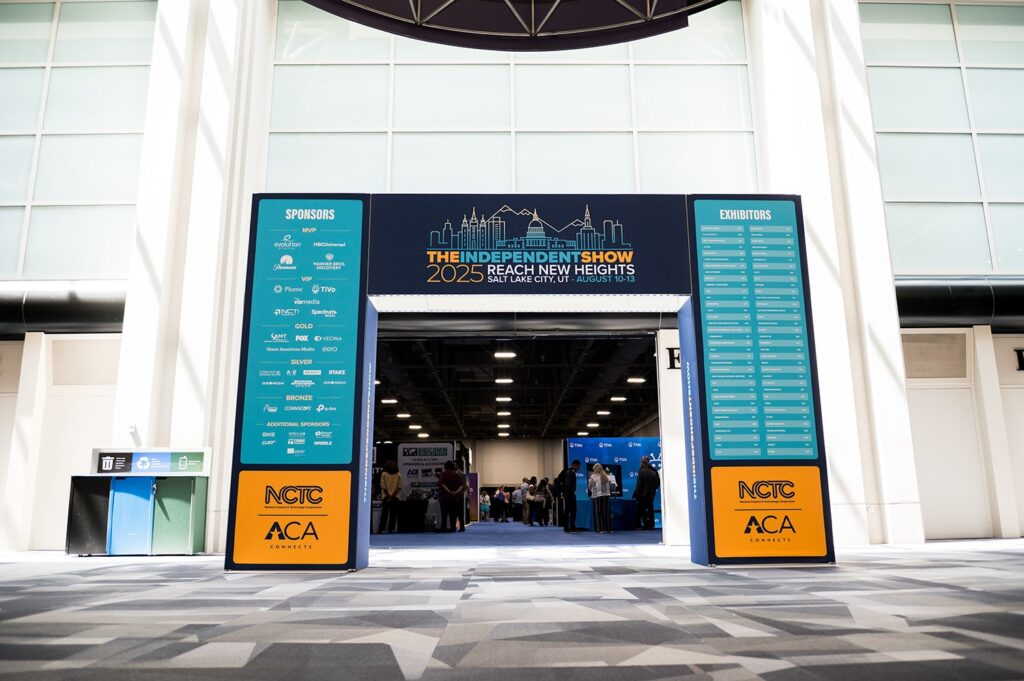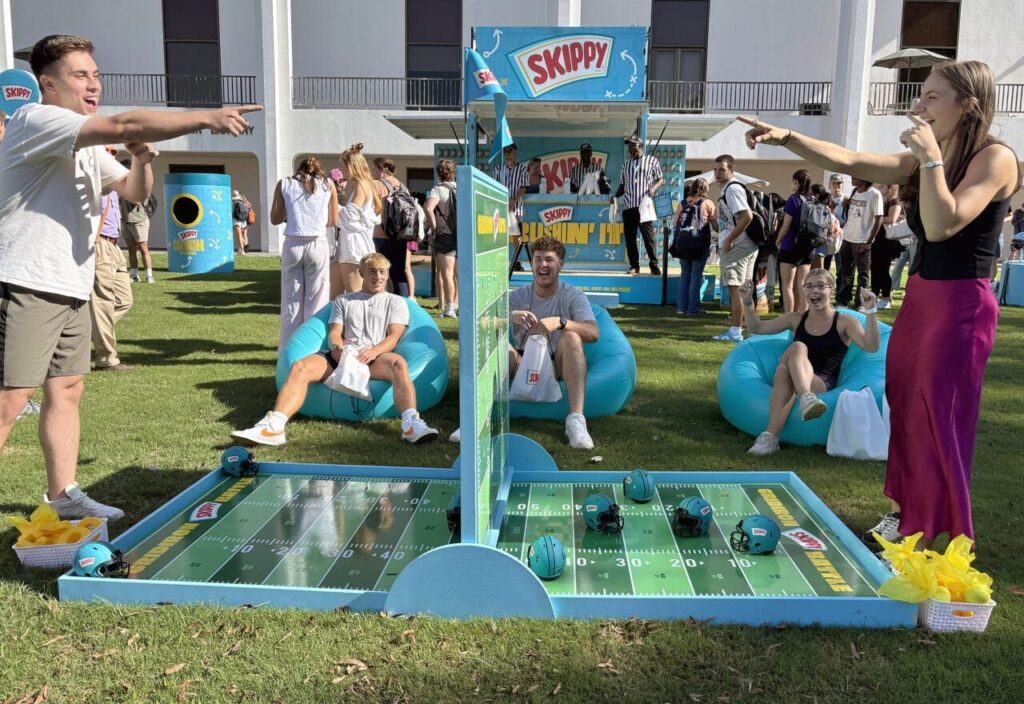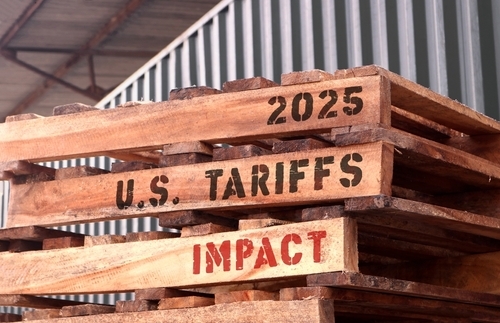(Direct)— the theater, the “fourth wall” is the invisible line at the end of the stage that separates the actors from the audience. Actors break the wall when they address the audience directly. Think Hamlet’s soliloquies, or George Burns speaking to the camera in Burns and Allen reruns.
But to Bob DeSena, the fourth wall is the line that prevents communication between the customer and the marketer. In his role as director of relationship marketing at Masterfoods USA, DeSena is breaking the walls that separate the maker of Whiskas cat food, Uncle Ben’s Rice, Snickers candy bars, Pedigree dog food, and M&Ms from their customers.
DeSena’s hardly alone in his advocacy: He quoted figures from McKinsey stating that by 2005, 49% of all media will be two-way, or interactive, up from its single-digit level today.
Masterfoods believes that any communication coming from a customer should be treated as if it were coming from the boss—which, in a sense, it is, he said.
And how do you nourish this relationship? DeSena offered a four-part program: Listen to the consumer, relate and provide solutions. It’s part of a general corporate philosophy that touts “moving from marketing on the averages to marketing on the differences,” DeSena said.
He has already spearheaded one of the largest two-way marketing campaigns ever hosted for a packaged goods firm: When the firm decided to let consumers vote on which color it would add to its M&M package, the program reached 200 countries and was translated into 15 languages.
The campaign captured the imagination of both consumers and the media, and generated a large amount of free media coverage, ranging from CNN to MTV to myriad newspaper and magazine mentions. Even Jay Leno noted, once the campaign was over, that the purple M&M had won, “and Al Gore finished second, again.”
The campaign went hand in hand with Masterfoods Colorworks site, which allows consumers to customize M&M mixes among 22 colors, including several not normally found in retail packages.
“There were requests for certain color combinations, such as school colors, company colors and favorite sports teams,” DeSena said. “We took that as advice from the boss…The site increased our research and development department by several hundred thousand people.”
One resulting innovation will launch this fall, when M&M rolls out a series of packages containing candies bearing the colors of their favorite National Football League teams.
As DeSena noted, while this may not be a big change for fans of the Cleveland Browns, fans of the other teams should be very excited.
Two-way communication goes beyond making sure the customers are satisfied. The goal is to get customers involved with the brand, even if they’re dissatisfied, he said. Uninvolved satisfied consumers defect at a rate four times greater than those customers who are dissatisfied but feel that companies are reacting—and attempting to resolve—their discontent.
DeSena wrapped up his presentation with two caveats to marketers: First, when designing a marketing campaign, don’t discount instinct, but make sure it has a research component addressing who the target and competition are, and how the competition will be beaten.
Second, “Don’t talk down to the consumer: She’s your wife.”
 Network
Network



